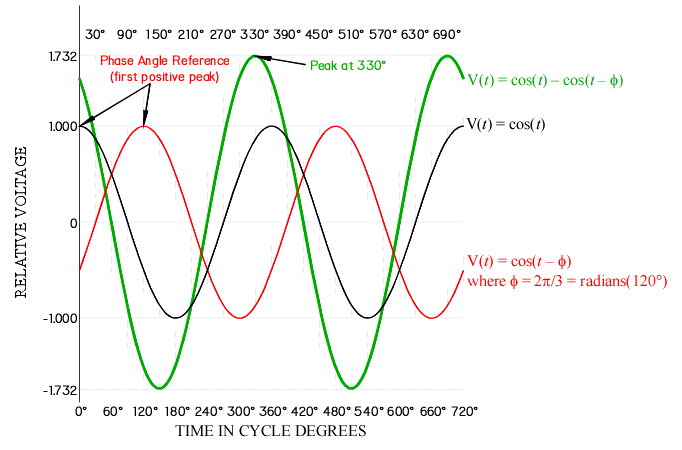hardworkingstiff
Senior Member
- Location
- Wilmington, NC
winnie said:While not perfectly descriptive of the physics, I am content to accept naming such a service 'single phase'.
-Jon
winnie said:IMHO, calling two phase legs plus the neutral of a 120/208 system 'single phase' is quite a confusing misnomer.
The last one came from
http://forums.mikeholt.com/showthread.php?t=82963&page=2
message 20
I'm not content to call it (2 legs of a 208Y/120) single-phase because it indeeds act differently than a traditional (120/240) single-phase service. I won't argue a lot, I'm just not content to conceed. :smile:


